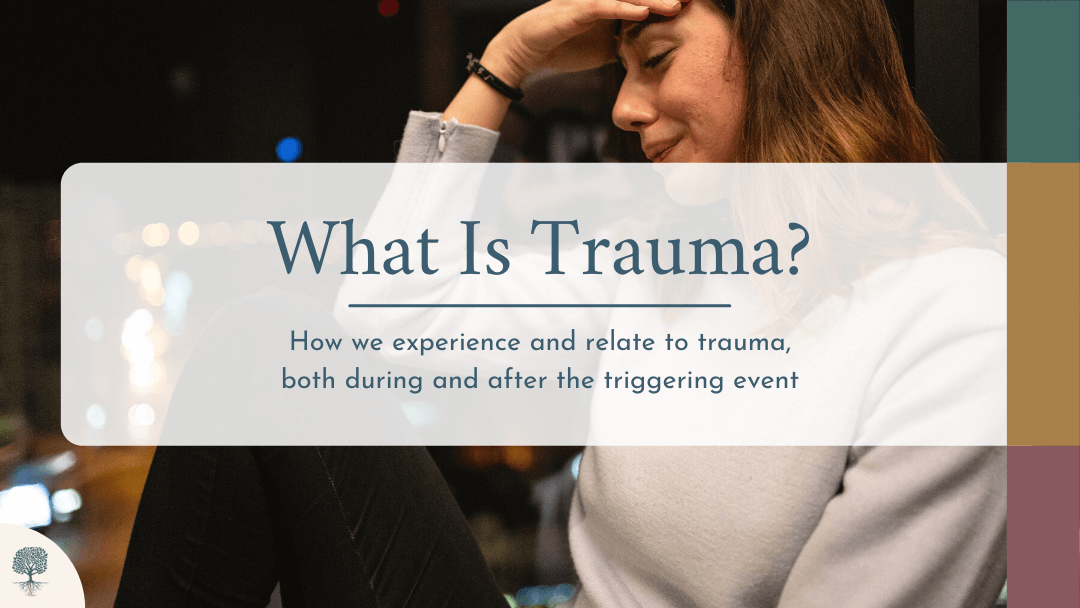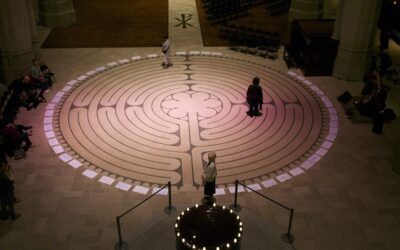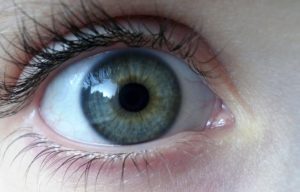What is Psychological Trauma?
Our fight or flight response was a gift that kept us alive early in our evolution while we were living in the wild. When we heard a tiger growl, we either had to fight a tiger or run away from a tiger. The first thing that happens during the fight or flight response is that our mind loses our connection to our body. If you are going to fight a tiger or run 50 miles away from one, you don’t want to feel what is happening to your body.
The fight or flight system is less helpful when it is being activated by fear of social situations or by traumatic memories in our past. When our fight or flight system becomes activated and there is no one to fight and nowhere to run, we can not discharge the enormous amount of emotional energy our brains are carrying. When we become disconnected from our bodies we are not aware of the physiological responses that are accelerating the stress response.
We do not feel our heart rate skyrocketing. We do not feel our bodies warm and start to sweat as blood moves into the small capillaries across the top level of our skin. We do not feel our muscles store tension and lock up. These physical responses, when we are not aware of them, deepen our emotional distress. If we do not take steps to interrupt the stress response our minds will continue to obsess and our thoughts to race. This experience of fear, directed at a problem we cannot solve by more thinking, will make us feel powerless, the world feel unsafe, and the future feel hopeless.
When we are experiencing trauma our brain is in such an activated state that it is not able to record memories correctly. Traumatic memories are written into the brain improperly. These memories are experienced somatically and emotionally as if they were currently happening to us every time we recall the memory. We feel a physical activation and deep emotional experience before we make sense of our experience cognitively. Intellectually we may know that these events occurred in the past, but emotionally and physically we experience the sensations of the trauma in the present. Normal healthy memories we can recall as past events that we are able to think about, form new ideas about, and have new perspectives on.
Because the traumatic memory is something that we are forced to relive every time we access it, we are not able to integrate these memories into a larger story and are stuck with the beliefs that we held about ourselves and our surroundings during the trauma. These trauma memories or traumatic fears are “stuck” or “black and white”. We are not able to understand the trauma as an event that is no longer our current reality. The part of our brain that is activated during our fight or flight response is not able to tell time. The stuck memory will activate the amygdala without activating the other parts of the brain we need to think and reason. These stuck memories are the reason that we panic and dissociate. Reliving the emotions and beliefs from a past experience makes us feel powerless, as we attempt to escape from an event that is no longer taking place.
This inability to think about the trauma without experiencing it means that we are trapped within the distressing feelings we had about ourselves during the trauma. This is why we feel powerless, hopeless, responsible, or dirty, even though the incident is no longer taking place. These negative beliefs about the self during the trauma, are often the most lasting and damaging part of the traumatic incident. Recognizing and combating being overwhelmed by the trauma belief is the first step towards pulling yourself away from the incident and back into your current surroundings and current reality.
What is the best way to treat trauma and PTSD in Birmingham, AL?
Check out some of the modalities that our therapists use
EMDR and Brainspoting use eye position to activate and process stored trauma in the body.
Somatic Therapy uses body awareness to map and process trauma.
Meditation and Mindfulness reduces anxiety by increasing body awareness and focus.
Jungian Therapy uses our capacity for creativity and growth to help us heal trauma.
Parts Based Therapy uses our attachment style and previous phases of life to help us understand our personality.







0 Comments